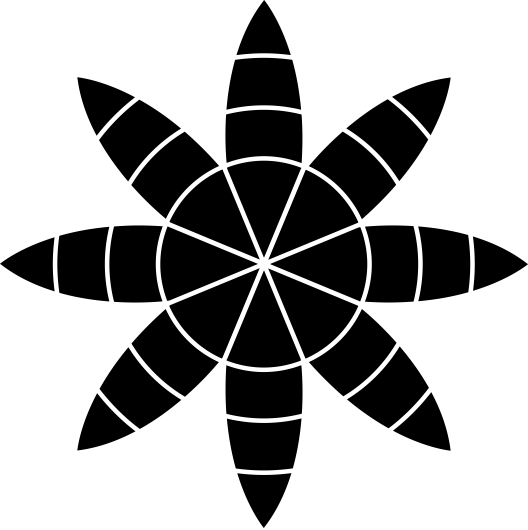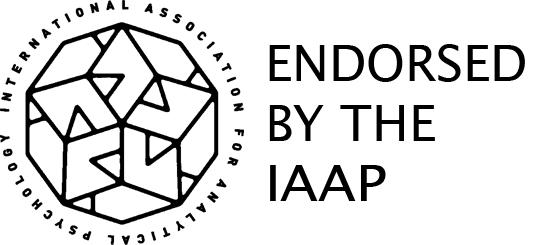Jung learned through his own suffering how emotional vulnerability and acceptance of personal inadequacies, not studies or intellect, could open a portal to deep emotional engagement with patients. He saw the therapeutic process as mutual and dialectic with both participants equally involved and affected, both “in treatment.” Recognizing the archetypal core of the healing profession as “the wounded healer,” Jung insisted “You (the therapist/caregiver) can exert no influence if you are not susceptible to influence” (CW16). From a Jungian perspective, ‘wounded healer’ means not once wounded now ‘recovered’ but currently, acutely, vulnerable in the therapeutic encounter. Awareness of our personal susceptibility (countertransference) as well as resilience can activate “inner healer” energy in the relationship. Examples from myth, TV and film will illustrate and amplify this transformative dynamic.


